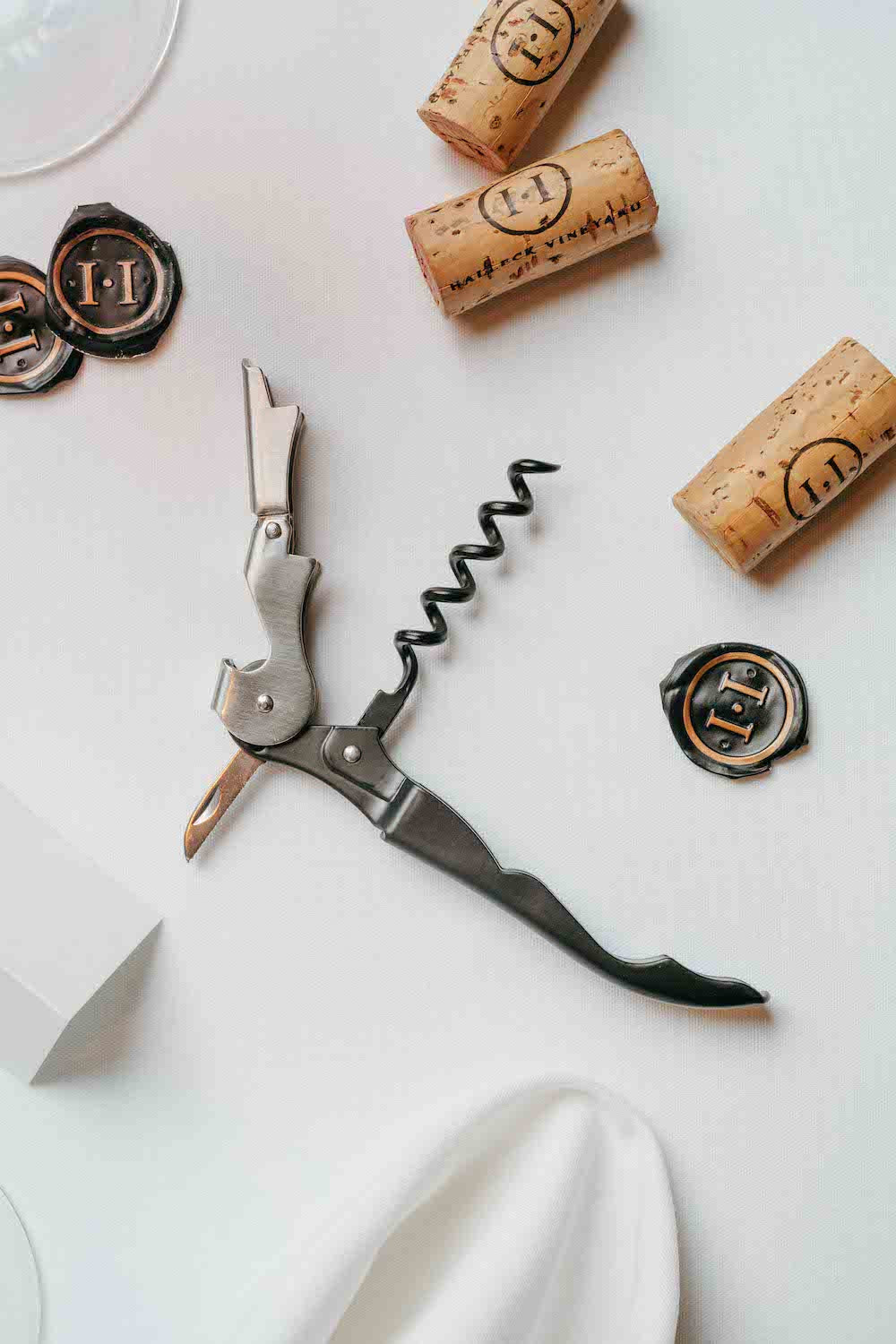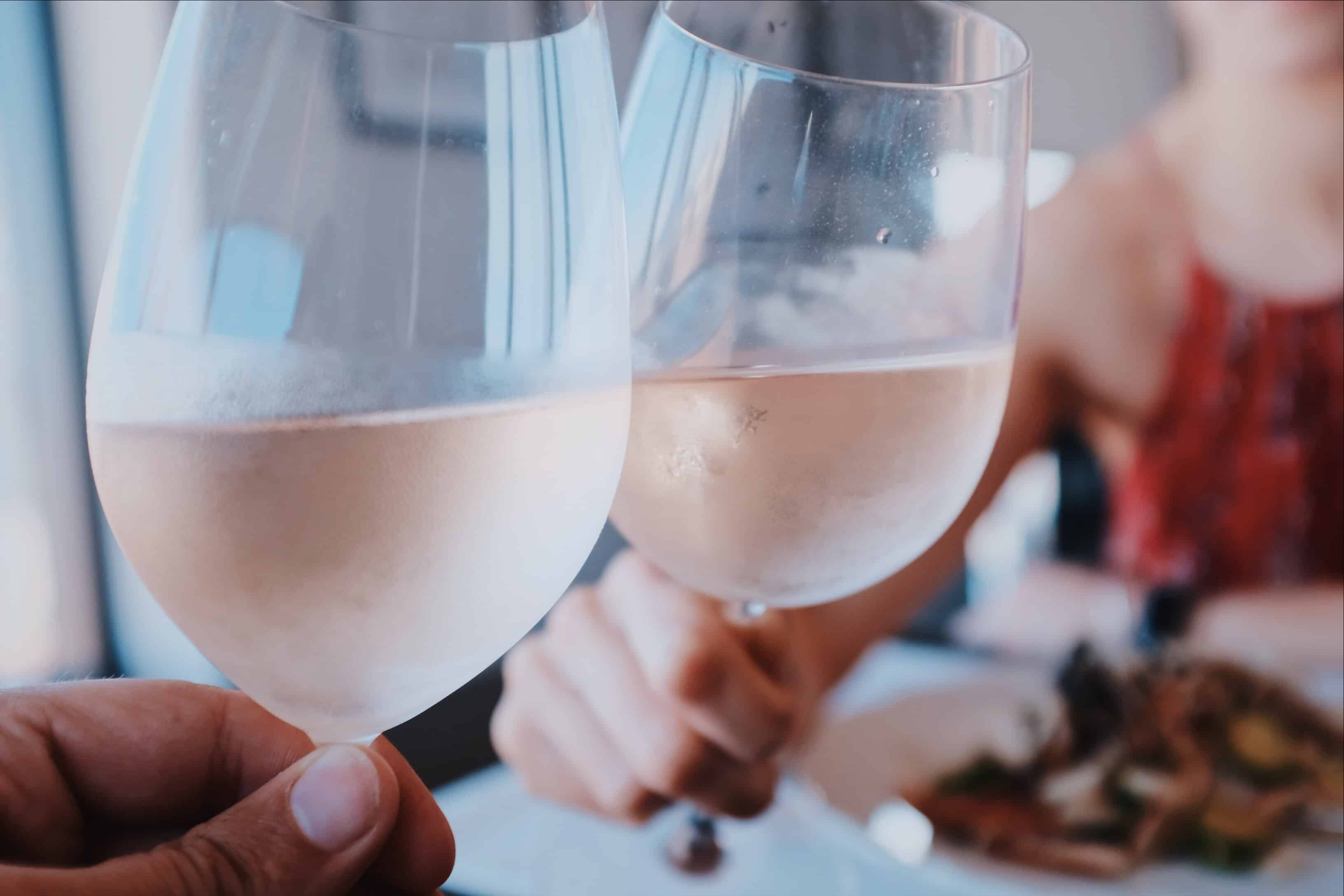Wineries With Breathtaking Gardens In Sonoma - Sonoma Wineries With Vineyard Views
Popular Wineries With Outdoor Seating In Sonoma - Vines And Views In Sonoma Wine Country
Wine tasting is an art that requires practice and an understanding of assorted aspects involved within the course of. One essential component of wine tasting is the event and interpretation of tasting notes, which function a guide for each novices and seasoned connoisseurs. A Guide To Understanding Winery Wine Tasting Notes can enhance your wine-tasting experience, making it more meaningful and enjoyable.

Tasting notes are concise descriptions that capture the essence of a wine’s flavors, aromas, and total character. Usually composed by professional tasters, winery tasting notes supply insights into the nuances of varied wines. They may help wine enthusiasts understand what to anticipate from a specific bottle. Nevertheless, tasting notes can range widely in style and detail primarily based on the author's experience and palate.
Wine Tasting Tours In Russian River Valley - Sonoma Wine Country Wineries To Explore
When you first strategy a glass of wine, your senses will begin to engage instantly. The sight, odor, and style of the wine will converge to offer you a complete experience. Tasting notes typically begin with the visible assessment, the place the color of the wine is taken into consideration. Color performs a big function in indicating the wine’s age, grape variety, and even its flavor profile.
After assessing the visible facet, the following step includes swirling the wine within the glass. This action aerates the wine, permitting its aromas to awaken. Smelling the wine offers important insight into its complexity. The preliminary sniff can deliver a flood of scents that will include fruity, floral, natural, or earthy notes. This is often essentially the most subjective part of tasting, as particular person experiences can dramatically differ.
In winery tasting notes, descriptors are often categorized into main, secondary, and tertiary aromas. Major aromas usually stem from the grape selection, secondary aromas derive from fermentation processes, and tertiary aromas come up from growing older. Understanding these classes might help you recognize the depth of a wine, and they also provide the vocabulary to express your experience better.
Wineries With Estate-Grown Grapes - Best Wineries In Sonoma For A Wine Experience
Following the olfactory encounter, your focus will shift to the taste of the wine. This is where the first characteristics—sweetness, acidity, tannins, alcohol—come into play. Tasting notes often element these flavors in multiple dimensions, together with the preliminary assault on your palate to the lingering end in your tongue. A high-quality wine will present a harmonious steadiness between these elements.
While tasting, it's essential to ponder the body of the wine, which can be described as light, medium, or full. The physique contributes significantly to your total impression, helping you consider how the wine pairs with food or whether it stands alone as a sipping wine. Balancing the body with the opposite characteristics provides you with a fuller understanding of what the wine has to supply.
The finish of the wine, also known as the aftertaste, is another crucial aspect usually included in tasting notes. A long, nice end usually signifies a higher high quality wine, while a brief or cloying aftertaste may recommend otherwise. Evaluating the finish can provide further perception into the wine's complexity and distinction.
Understanding the context of winery tasting notes can also be priceless. Tasting notes can provide contextual details about the vineyard's location, local weather, and grape-growing practices. This context provides another layer of appreciation for the wine, permitting enthusiasts to connect the sensory experience with its origins, thus enhancing the enjoyment additional.
Wineries With Locally Sourced Food Options - Sonoma Valley Vineyards And Wine Tasting
Many wineries provide tasting notes on their websites or labels, usually written in an approachable but informative style. Nevertheless, not all winery tasting notes a fantastic read are created equal. Some may be overly technical, while others would possibly prioritize advertising flair over insightful analysis. Studying to navigate these notes can arm you with the information to make informed selections when choosing wines.
Taking Part in tastings at wineries also can deepen your understanding of wine tasting notes. Interacting with knowledgeable staff can give you a extra hands-on strategy to exploring totally different wines and the language used to describe them. Family-Friendly Wineries Near Sebastopol. You'll have the opportunity to ask questions, engage in discussions, and potentially refine your palate in real time.
Experimentation is crucial for mastering wine tasting notes. As you pattern different wines, try making your own notes. Focus on describing the wine’s shade, aroma, style, and end. Over time, you’ll develop a personal vocabulary that resonates with your sensory experiences. Each note you create will help refine your palate, permitting you to understand wines at a deeper degree.
Vintage Wine Tasting Experiences In Sebastopol - Sonoma Wineries With Vineyard Views
In conclusion, a Guide To Understanding Winery Wine Tasting Notes offers a comprehensive framework for diving into the world of wines. It equips you with the strategies and language essential to articulate your experiences. Whether you are a informal drinker or a devoted aficionado, understanding and using tasting notes can profoundly influence your wine journey. This information not only enhances your enjoyment but in addition connects you deeply with the rich narratives every bottle tells. By embracing this journey, you turn into a part of the gorgeous mosaic of wine tradition, where every sip unveils a new story waiting to be discovered.
- Wine tasting notes usually encompass quite lots of sensory descriptions, including aroma, flavor, acidity, physique, and finish, permitting tasters to totally respect the wine's traits.
- To improve your understanding, familiarize yourself with widespread wine terminology such as "tannins," "oakiness," or "terroir," which might help decipher the notes more effectively.
- A systematic strategy to tasting entails first visually assessing the wine's color and clarity, followed by swirling to release aromas, then inhaling and describing what you experience.
- Taking notes throughout tasting might help identify patterns over time, improving your palate and making it simpler to recall preferences for future selections.
- Don't overlook the affect of food pairings; tasting notes can differ greatly when a wine is enjoyed with complementary flavors, altering perception and pleasure.
- Pay consideration to the wine’s vintage, as weather conditions in a given year can considerably affect the ultimate product, including one other layer to the tasting notes.
- Contemplate the winemaker's style and philosophy, which may shape the wine's profile and impact how its notes evolve with each sip.
- Practicing with completely different grape varieties can broaden your vocabulary; each sort brings unique traits that may enhance your ability to articulate tasting notes successfully.
- Engaging with wine professionals or attending tasting events can present useful insights, offering a richer context for understanding personal tasting notes.
- Bear In Mind that tasting is subjective; particular person preferences and experiences will shape one’s interpretation of the identical wine, enriching the general enjoyment of wine exploration.
What are wine tasting notes?
Wine tasting notes are descriptive feedback made by tasters about the look, aroma, taste, and finish of a wine. They present an overview of the wine's traits and may help shoppers perceive the style and quality of the wine.
Wineries Ideal For Large Groups - A Winery In The Sonoma Valley To Discover
Why are tasting notes essential when choosing wine?
Tasting notes can guide you in choosing a wine that fits your palate. They provide insights into flavors and aromas, helping you to match wines with food or occasions. Understanding these notes enhances your total wine experience.
How ought to I read wine tasting notes?
(Wineries In Green Valley)
Remarkable Craft Wineries In Sebastopol - Sebastopol's Best Wine Trails

When reading wine tasting more info here notes, pay consideration to the construction: look for descriptions of shade, aroma, flavor, and finish. This will assist you to grasp the wine's profile and decide if it aligns together with your preferences.
What phrases commonly appear in wine tasting notes?
Common phrases embody "tannin" (the structure), "acidity" (the crispness), "body" (the weight), and numerous flavor descriptors like "fruity," "earthy," or "spicy." Familiarizing your self with these terms can deepen your understanding of wine.
Wineries With River Views - Sebastopol Wineries
Am I Able To create my own tasting notes?
Yes! Writing your personal tasting notes can improve your wine tasting experience. Focus in your observations of taste, aroma, and other sensory characteristics. This personal practice can help you refine your palate over time.
How do I identify the aromas in wine tasting notes?
Exclusive Wine Clubs In Sonoma - Sonoma Vineyards For A Perfect Day Out
To identify aromas, practice smelling a wide selection of scents and associating them with wines. Swirl the wine in your glass to launch its aromas, then take a second to breathe in deeply earlier than figuring out any distinguished scents.
What is the distinction between professional and private wine tasting notes?
Professional tasting notes may use more technical language and particular terminology, while personal tasting notes are subjective and mirror particular person experiences. Each are valuable for understanding and enjoying wine, however personal notes could resonate more together with your distinctive tastes.
How can tasting notes enhance my wine appreciation?
Best Wineries For Sunset Views In Sebastopol - Discovering The Vineyards Of Sonoma County
Tasting notes can improve your appreciation by helping you to know and articulate the complexities of wine. They encourage mindful tasting and provide a framework for comparing different wines, leading to a richer enjoyment of the beverage.
Are there any apps or instruments to assist with wine tasting notes?
Sure, there are several apps designed to help users record and organize their tasting notes. These instruments usually supply features like flavor wheel guides and wine database searches, making it easier to track your journey by way of completely different wines.